When my aunt Imelda met Mao Tse Tung
A short history of our relations with China
At A Glance
- [Mao Tse Tung] is a man who held the destiny of China with the barrel of a gun (in one hand) and a book of poems in the other. —Imelda Marcos

News of the latest skirmish between the Philippine and Chinese coast guards in the Spratly islands has added weight to a mental drawer in my head regarding the issues surrounding the disputed territory. The territorial dispute between the Philippines and China revolves around 50 small islands and reefs we call the Kalayaan group of islands in the Spratlys in the South China Sea.
There are six other countries claiming sovereignty over the Spratly chain of islands. Some claiming ownership over the entire chain (China, Taiwan, and Vietnam) while others claim only a part of it and its territorial waters (Malaysia, the Philippines, and Brunei).
The latest encounter involved China’s coast guard firing a water cannon at their Filipino counterpart as the Filipino vessel was transporting supplies for military personnel stationed at Second Thomas Shoal or Ayungin Shoal, an atoll in the Spratlys less than 200 kilometers west of Palawan. That distance is even closer than the distance between Manila and Baguio. At present, Filipino military personnel are stationed at a old, rusty grounded Philippine warship—which China has demanded removed. I grew up in an archipelago with our nearest neighbors a few hundred kilometers away so to have a foreign colossus staking its claim so overtly, repeatedly, and so close to our main islands, is unsettling.
Among the papers recovered from the old home of the late President Ferdinand E. Marcos (PFEM), I came across his thoughts on “the rule on law.” “In the context of the instability and tension in this part of the world, we must have reverence for the rule of law and unswerving support of the United Nations, as well as the maintenance of defensive alliance and mutually beneficial relations with the United States and our other allies,” he wrote.
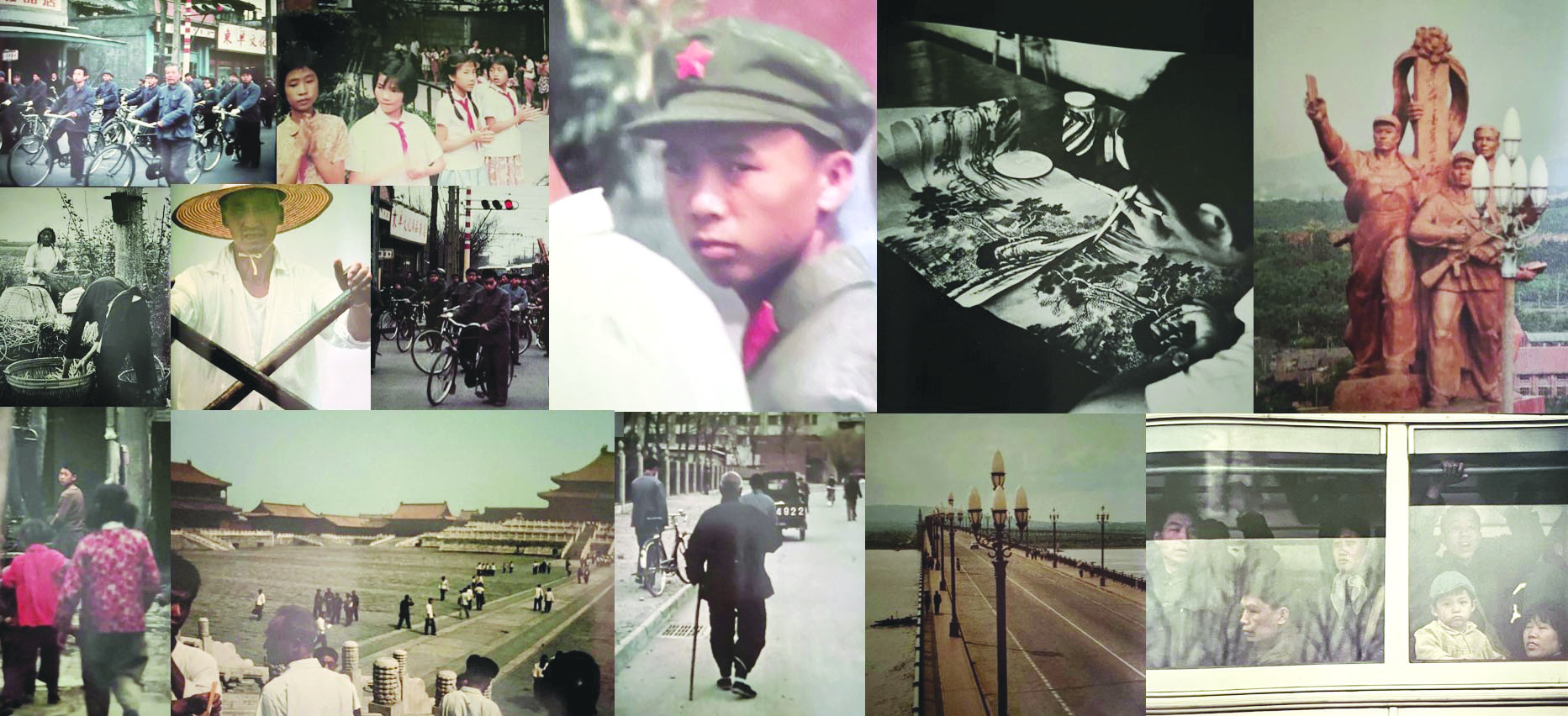
“One of our most important legacies from Spain and the United States is the western system of law, which has become an ingrained quality of the Filipino way of life… We gained our independence from the United States through legal and orderly processes. This fact, coupled with the 50 years of tutelage in the Anglo-Saxon political system, could not but produce in our people a deep and genuine reverence for the rule of law. And this attitude is not confined to our internal processes but extends to the area of foreign affairs.”
The continued military activities of China in the Kalayaan has seen the beefing up of Visiting Forces Activities with the US in the country since the assumption of Ferdinand R. Marcos Jr. as president of the republic. The RP-US military exercises are meant to help us better defend our shores because despite a number of bilateral military agreements with the US, America’s commitment to defend us against outside threats will be fought in the war of perception (America being a good friend of the Philippines) rather than physical battles for our territory.
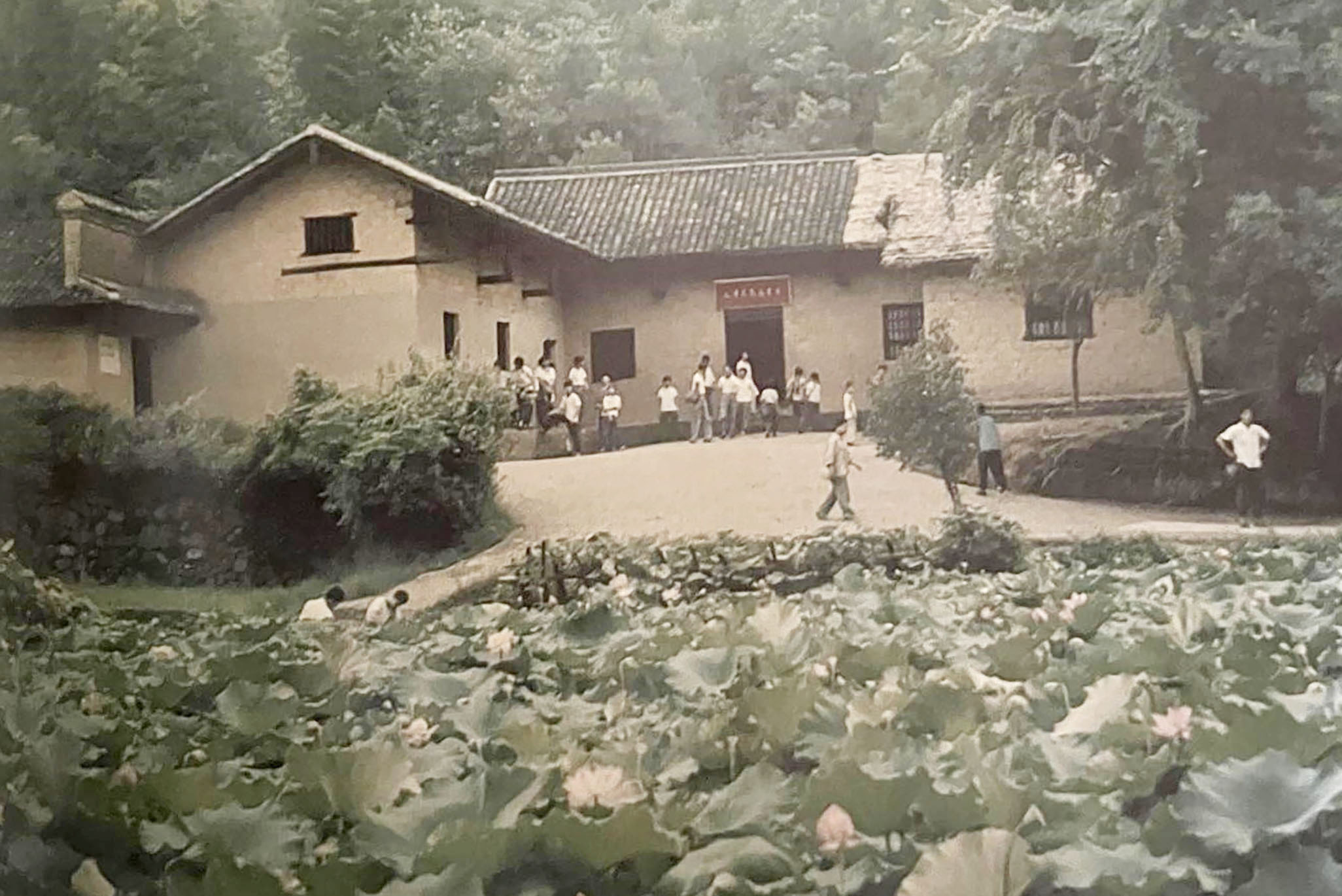
The US said it would not get into any armed conflict in the country’s territorial dispute in the Kalayaan to avoid risk of increasing tension in the South China Sea and damaging the relationship with China… unless their interest in the South China Sea is threatened, namely the Freedom of Navigation and access to natural resources. Abundant in natural resources like natural gas, oil, and fish, the “critical economic, military, and environmental significance” of South China Sea cannot be overstated.
Even the Mutual Defense Treaty between the Philippines and the US does not cover the Kalayaan. When the treaty was signed in 1951, the Kalayaan was not even legally part of the Philippines. It was only declared Philippine territory when, in 1978, PFEM signed Presidential Decree 1596 into law. A Filipino named Tomas Cloma laid legal claim to the Kalayaan island group using “Res Nullius,” a doctrine named after a Latin term meaning “belonging to no one,” in 1956. Up until then no one had appropriated or legally acquired Kalayaan. In 1974, Clomo transferred sovereignty of the islands to the Philippine government. China’s claims to the Spratlys is based on maps dating to the Han Dynasty (206 BC to 220AD) and found archaeological artifacts indicating the islands were used by Chinese fishermen in the past.
We’re on on our own in defending our disputed territory within our 200 mile Exclusive Economic Zone (EEZ)under United Nation Convention of the Law of the Sea (UNCLOS). According to UNCLOS a country’s baseline claim begins at the point at which a country can defines its 12-mile (approximately 20 kilometers from the country’s shore) territorial sea and 200-mile (approximately 323 kilometers from the country’s shore) EEZ.
It doesn’t help that when top Chinese diplomat Wang Yi during talks with former US national security adviser and secretary of state Henry Kissinger, an “old friend of China,” declared in China last week that, “China’s development has a strong endogenous momentum and inevitable historical logic, and it is impossible to try to transform China, and it is even more impossible to encircle and contain China.”
With limited military capabilities to defend ourselves, we look not only to America but to the ASEAN, but as track record shows, despite their strong statement against China’s expansionary ambitions in the South China Sea, ASEAN member states have stopped short of doing more in fear of antagonizing China.
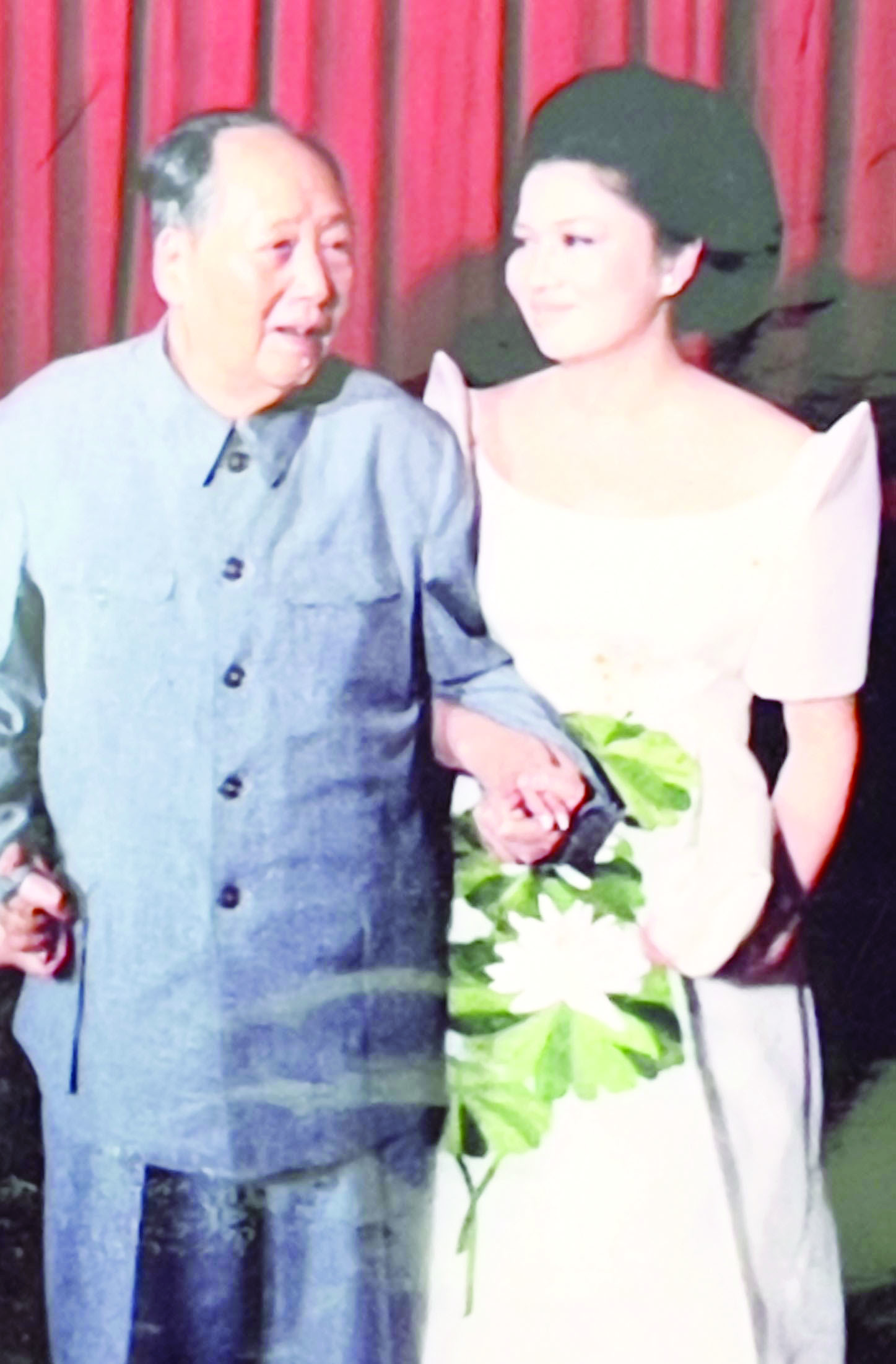
What to do? We too have limited military resources. The Philippines has renounced war, as PFEM pointed out, as an instrument of national policy. “While this does not affect the inherent defense in an era of thermonuclear bombs, inter-continental ballistic missiles, and atom-powered submarines, [war] would constitute an intolerable obstacle to our growth and progress.” Instead, he suggested “the maintenance of friendly and cordial relations.”
During the height of the Cold War (1947-1991) in September 1974, Imelda led a diplomatic mission to China in what she described as “a daring voyage into the communist center of operations that clandestinely supported the local militant organizations engaged in the destabilization and possible overthrow of the Philippine government.”
She acknowledged too that Washington might not be amused by an ally, a former colony no less, forging ties with China, a country on the opposite side of the Korean and Vietnam wars, but she was still sent on a peace mission in line with PFEM’s developmental diplomacy or “enlightened” foreign policy to China with the interest of the Filipino.
“We know it was not an easy decision to make, but it is a wise one,” remarked the then Chinese Prime Minister Chou En Lai.
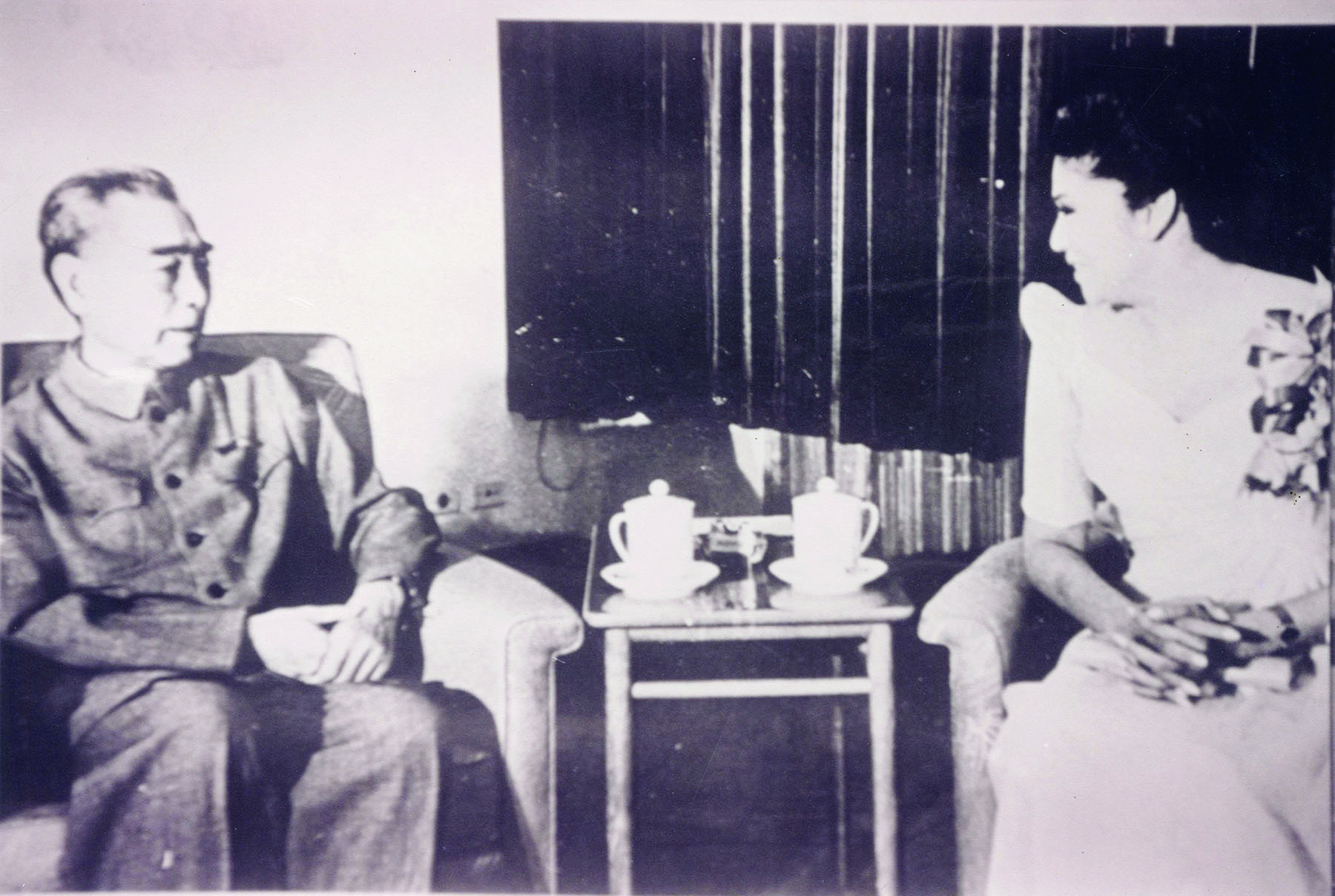
On that visit, my aunt was flown to Hunan province for a private audience with Chairman Mao Tse Tung. He was from Hunan. I asked her about the moment she met Mao, whom she described as “a man who held the destiny of China with the barrel of a gun [in one hand] and a book of poems in the other.” She admitted to being nervous. She remembered his hand shaking slightly from Parkinson’s disease as he reached to hold both her hands. As in Filipino tradition, she automatically bent over to kiss Mao’s hand as a sign of respect or even reverence. She was completely taken by surprise when Mao kissed her hand back!
My aunt’s trip established formal ties between the Philippines and China in preparation for an even bigger trip the following year by PFEM and his entire family. On that trip Imelda was able to secure trade deals like the purchase of Chinese oil and the entry of Philippine goods into China. She was also able to get assurances from Beijing that they would “not interfere in the internal matters of the Philippines” alluding to reports China was supplying arms and helping train communist rebels in the archipelago.
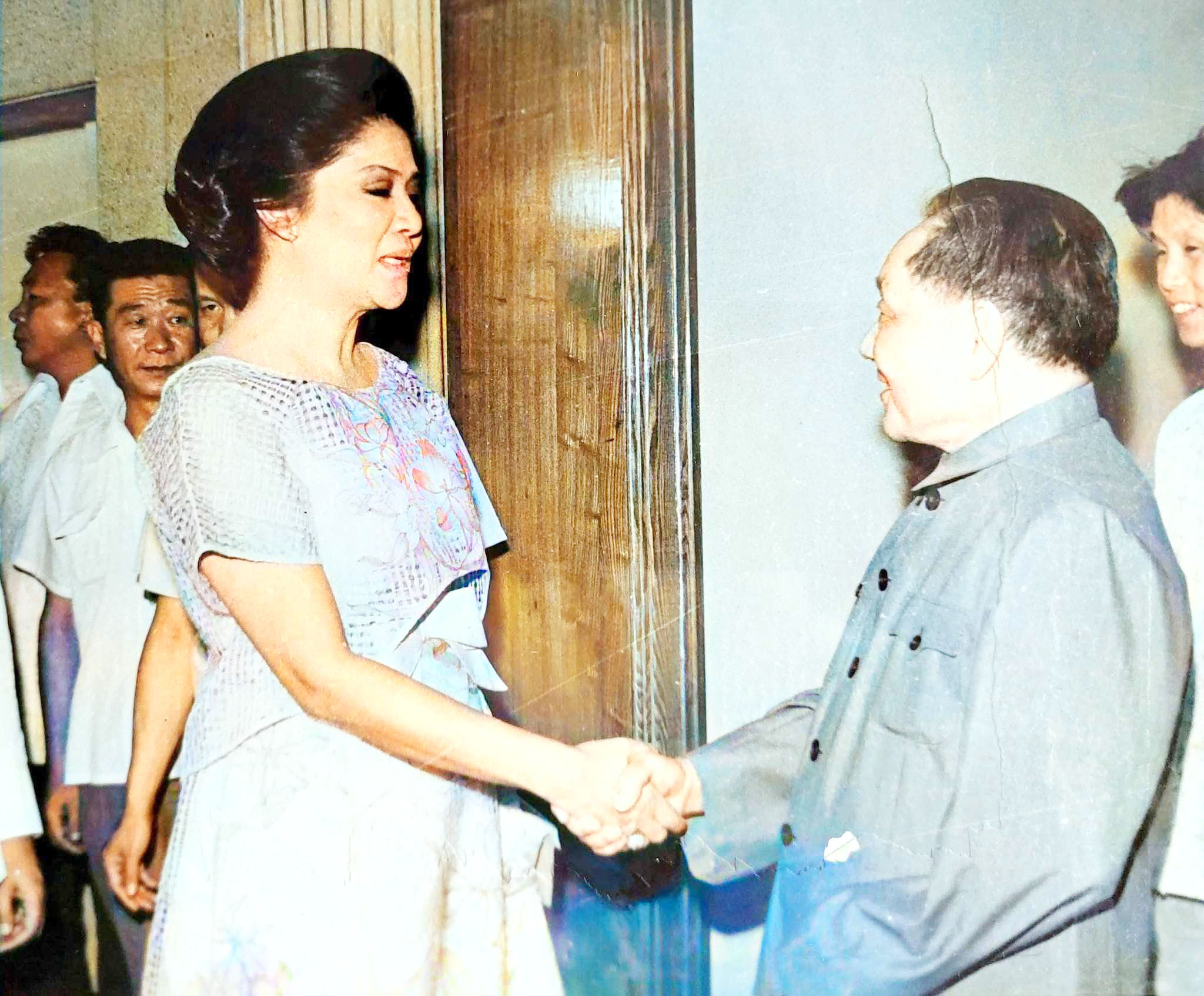
I asked my aunt what it was like meeting Mao. She said it was like being with a revered uncle, “warmly familiar, who elicited a child’s eagerness and spontaneous response. He was very gentle and charming. He made me forget how nervous I was and the fact that I was in the presence of someone as powerful as he was.” My aunt recalled one thing Mao said she will never forget, “You can change ideology and religion anytime, but you cannot change geography.” Mao then proceeded to explain the strategic location of the Philippines and the ties that bound us historically and culturally. When Imelda asked him, “What is your vision for China?” Mao declared, “My name! Chung Ku. China is center kingdom of the world.”